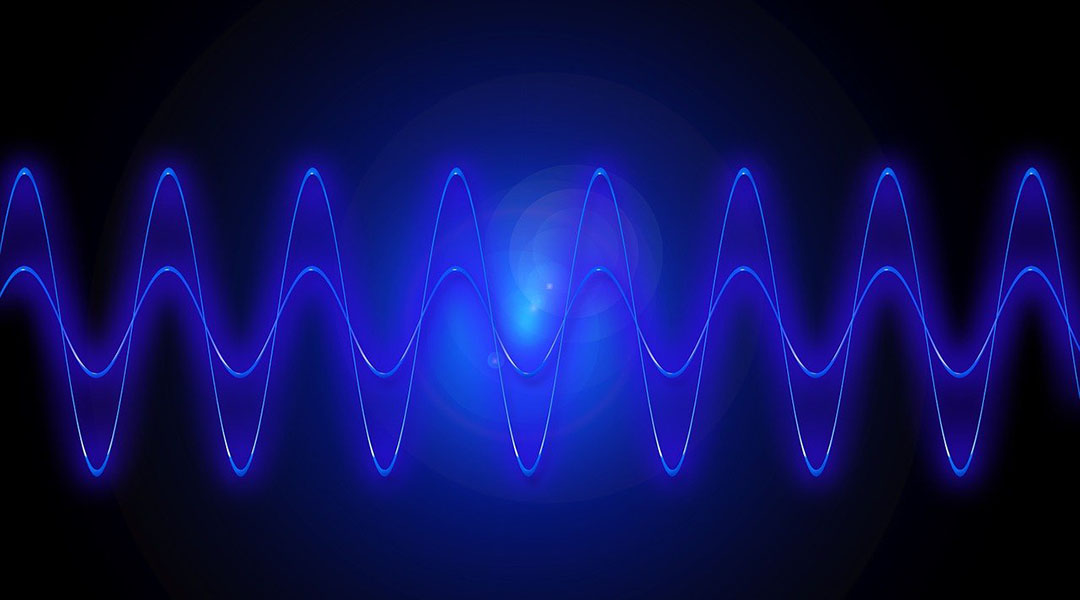Scientists theorize that cosmic strings interacting with dense matter in the early universe provided the seeds for galaxies and black holes.


Scientists theorize that cosmic strings interacting with dense matter in the early universe provided the seeds for galaxies and black holes.

Astronomers have discovered that black holes trigger the formation of galactic winds that greatly influence star formation.

Astronomers report recent observation of six massive galaxies that according to our current understanding of the Universe should not exist at all.

Using a new definition of galaxy size, astronomers have uncovered new, exciting findings about how they formed and evolved.

A new theory proposes gravity isn’t a fundamental force but emerges from quantum electromagnetic interactions, potentially reshaping our view of spacetime itself.

Subtle inflaton interactions may reshape our understanding of cosmic inflation, altering predictions about dark matter, black holes, and gravitational waves.

A new machine learning algorithm that can rapidly pinpoint the location of a neutron star merger using gravitational wave signals alone.

Scientists assume that inflation was driven by hypothetical inflaton particles, which scientists think could be the Higgs boson.

Dark matter could be composed of much lighter particles, with masses roughly ten times smaller than that of a proton.

If experimentally proven that gravity is classical, we will have to start from the beginning in a search for a satisfactory ontological picture of the world.